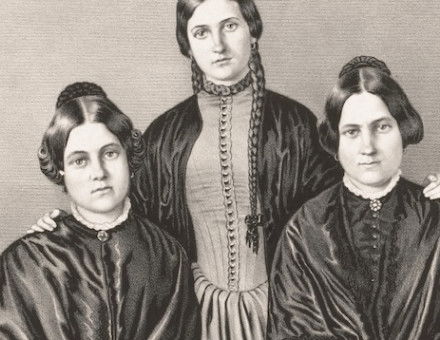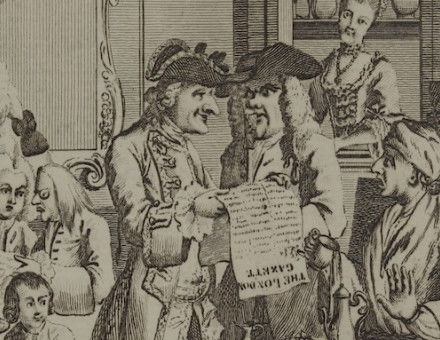The First Highland Charge
During the Highland rebellions from the mid-seventeenth century, explains David Stevenson, the fighting highlanders developed a remarkable military tactic which terrified their enemies.
From the destruction of the Lordship of the Isles in the 1490s the Highlands and Highlanders played little part in the national life of Scotland for fully 150 years. Then suddenly in the civil wars of the 1640s Highland armies erupted dramatically onto the centre of the national stage. Thereafter for fully a century there occurred a series of periodic military eruptions by Highlanders into the Lowlands. All met with remarkable initial success, but ultimately ended in defeat for Highland armies, culminating in the final defeat of Culloden in 1746.
The underlying reasons for these Highland 'rebellions' lie in political and religious history, in Highland reaction to attempts by Lowland regimes in Edinburgh (and later British regimes in London) to assert the power of central government in an area in which clan chiefs had previously enjoyed a large measure of autonomy. But what is really remarkable about these risings is not that they took place, but the way in which the highlanders often won victories in pitched battles against armies which were usually not only larger but (in conventional military terms at least) better armed and better trained.





